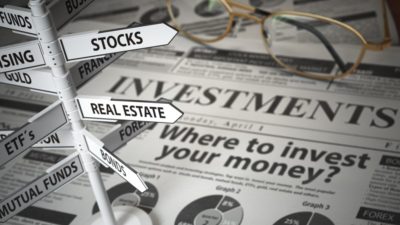Some were surprised when the Bank of England decided to raise interest rates by 0.5% on Thursday. The path of increasing by 0.25% seemed to be the consensus. Yet the lack of progress in bringing down inflation saw a higher move, taking the base rate to 5%. Given that historically investors have used dividend stocks to get a higher yield than the low cash rate, has that strategy now gone out of the window?
Not a fair comparison
To begin with, it’s important to understand some fundamental differences between the base interest rate and a dividend yield.
The base interest rate is set by the Bank of England. It doesn’t mean that an investor gets this rate on a normal cash account. In fact, cash rates are nowhere near 5%! True, a Cash ISA provides a closer rate to 5%, but often involves locking away money for a year or more to achieve the benefits.
The point I’m trying to make here is that it’s not like investors can truly get a 5% yield from just holding cash. So it’s not a true comparison to make against an income paying -tock.
Opening the door to capital gains
One reason why I still prefer dividend stocks is the added potential gains from share price movements. If I just hold cash, the risk of it rising or falling in value is zero. With a stock, the share price changes can mean that on top of the dividend, the investment could rise or fall.
Granted, some might see this as a risk. I accept that, but either way it provides another dimension to the investment that holding cash just doesn’t have.
Let’s say an investor bought a FTSE 100 tracker. The dividend yield changes each day, but using the current index average let’s assume a yield of 3.5% over the past year. On top of this, over the past year the index has risen by 6.2%. So the total return would be 9.7%.
This is without being active and researching stocks at all! By doing homework, I’d hope to be able to generate an even higher total return.
Both sides of the coin
I do accept that if an investor is just wanting to get the lowest-risk option, locking money in a Cash ISA makes sense. But again, if this is the level of risk desired, the investor probably wouldn’t want to put money in the stock market at any point in time.
There’s always going to be added risk when buying stocks. When referring to dividends, these aren’t guaranteed future payments. It depends on the earnings of the business in that year. So forecasting the yield isn’t an exact science and should be taken with a pinch of salt.
Ultimately, I don’t feel that the picture has changed for investing due to the higher interest rates. There’s still an added benefit (albeit with higher risk) of putting money in high-quality income stocks. I’ll carry on buying.








